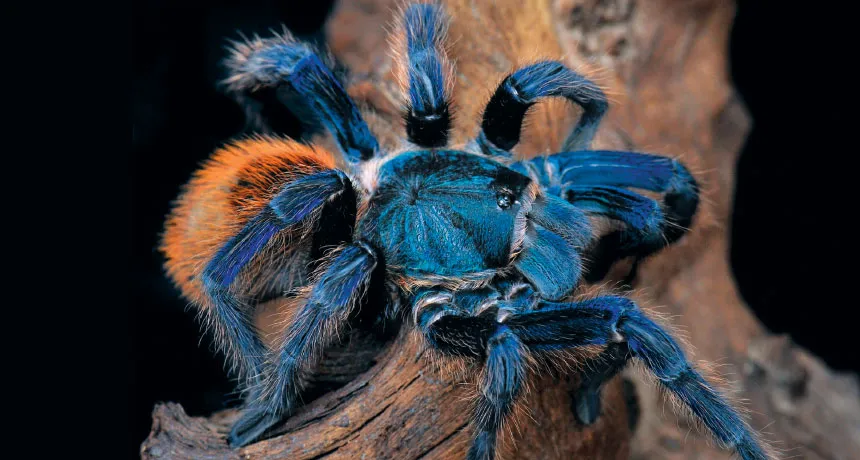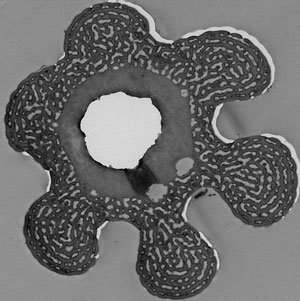When tarantulas grow blue hair
Origin of color is unclear, but evolved multiple times

BLUE HUE Unusual among nature’s blues, tarantula color doesn’t change much when viewed from different angles. Shown is a Chromatopelma cyaneopubescens.
Michael Kern, www.thegardensofeden.org








